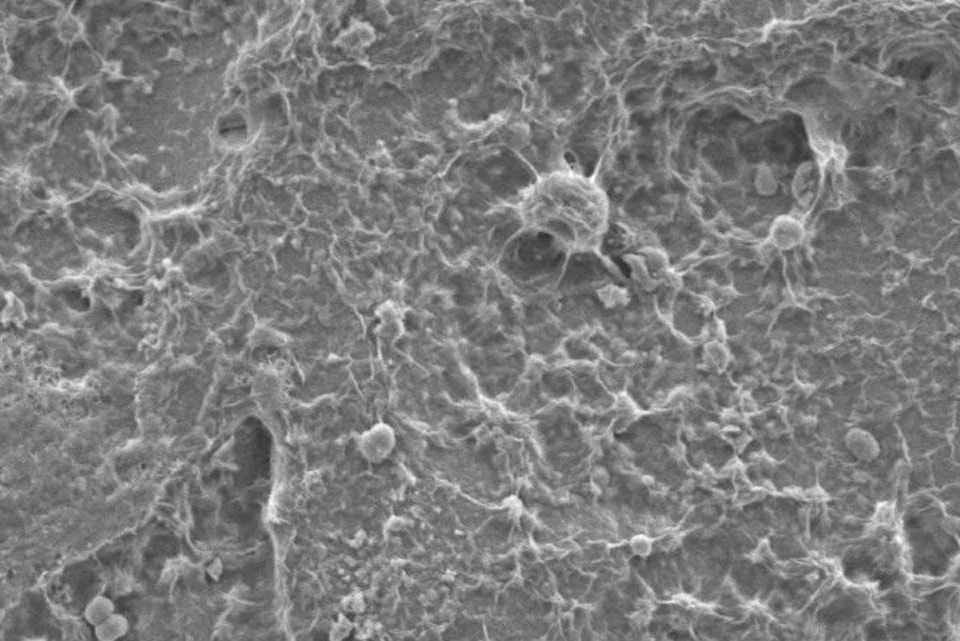Microbes unearthed from deep in the ocean crust off the Juan de Fuca Ridge in the Pacific Northwest give scientists a window into ancient organisms that survived when the earth was without oxygen.
These life forms are still around and still doing their thing.
“We think about evolution, and how things have changed over time, as dinosaurs turned into birds, [but] we don’t get to see the dinosaurs,” said astrobiologist Amy Smith, the study’s lead author.
In other words, these extremophiles offer a rare glimpse into living organisms that have a metabolism unlike any evolved life form we know.
ALSO READ: Island moves four to five millimetres away from mainland
The study, from researchers at the Oregon State University’s Woods Hole Oceanographic Institution, provides evidence of a community of marine bacteria that is dependent on hydrogen, a compound present almost everywhere, Smith notes.
Over 200 metres below the seafloor, water circulates through all the cracks and crevices of olivine. These microbes get some of their food and energy as the sea water “reacts with the rock and produces hydrogen,” Smith said.
These bacteria live in a community where they also may be able to help each other out.
“Say, for instance, if they can’t make a particular amino acid, but another organism can, that’s also in the biofilm, then they can kind of share resources,” said Smith.
ALSO READ: Scientists probe ‘next steps’ after emaciated orca finally spotted in B.C. waters
That makes the biofilm a beneficial environment for these microbes, as opposed to just floating around in the water.
“We think that they could possibly fuel life on other worlds as well, which is what I’m interested in,” said Smith.
In the future she would like to see how these pathways and these types of organisms could survive on other planets. For further studies, Smith plans on trying to culture some of these organisms to learn more about their metabolisms.
ALSO READ: Where did Granger Taylor go? New documentary probes mysterious disappearance
“Right now, I just know what they’re capable of, and I don’t really have a good idea of how fast they might be able to do this, or how fast they grow, or if they are impacting the carbon cycle in a big way.”
“I’m really interested in that organism, because it seems like it would be a great analog for ocean worlds. For other other planets, or moons, where there’s not a lot of organic carbon” such as plants, she added.
swikar.oli@goldstreamgazette.com
